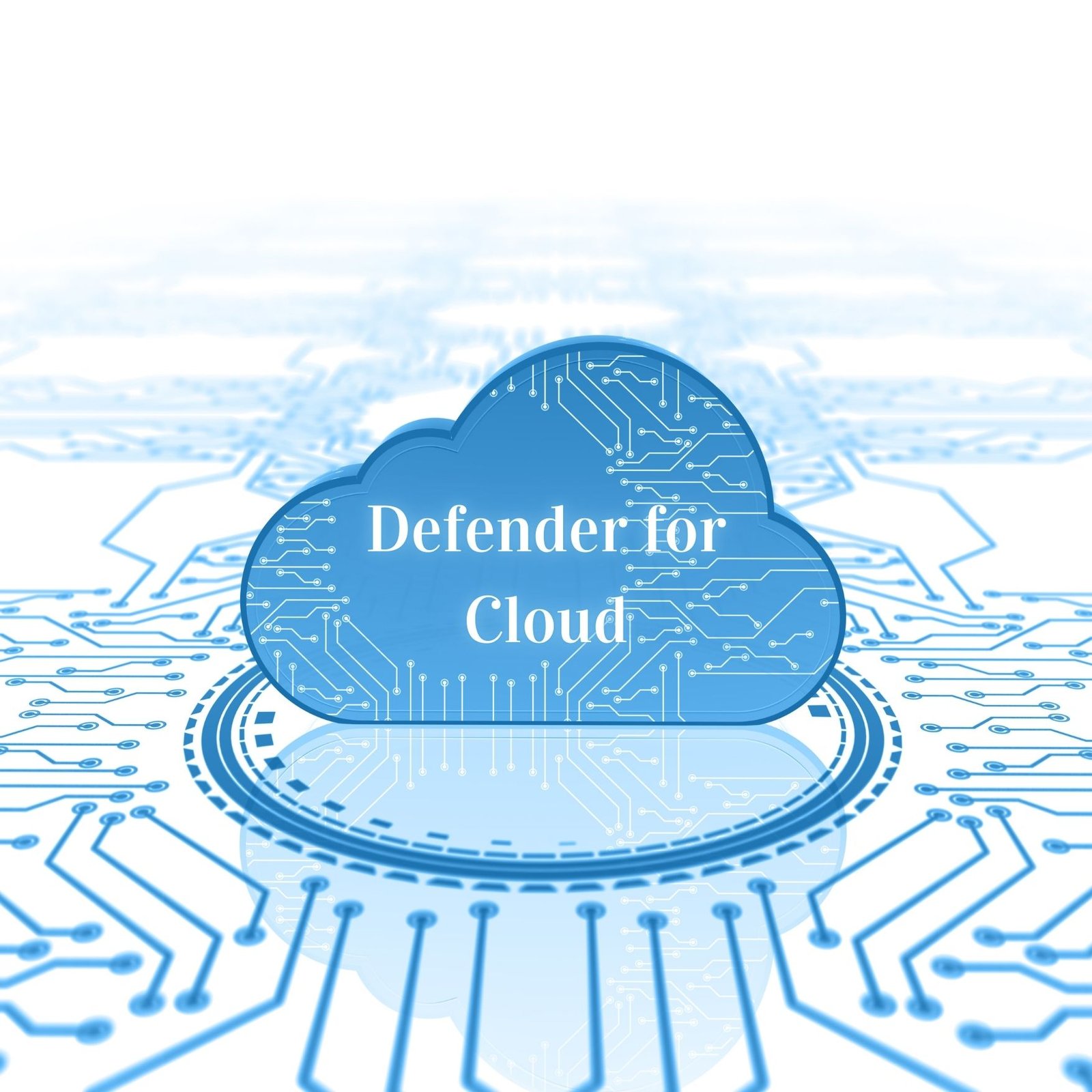Table of Contents
Introduction
With increasing growth of the modern enterprise, cloud computing has become the backbone of modern enterprises while the threats are more security-wise than ever. The complexity of the cloud environments, along with the sophistication of the assaults, will call for stiff security solutions by the year 2025. Microsoft Defender for Cloud pops up as an all-in-one solution designed to protect the cloud infrastructure, data, and applications. Its advanced and exciting features ensure that businesses can work securely in regulatory compliance while managing their own costs.
1. Comprehensive Threat Protection
One of the major advantages that Defender for Cloud possesses in 2025 is that it provides full protection from threats. Defender for Cloud has the capability of real-time detection of threats across cloud environments, namely Azure, AWS, and Google Cloud. This layered protection identifies potential threats before they do any damage.
Using machine learning algorithms to automate data analysis of vast quantities of information, detect anomalies, and predict any potential security breach, the platform proactively prevents attacks rather than simply detecting them. For example, if unusual activity occurs in your cloud infrastructure, Defender for Cloud will automatically block the threat and inform your security team, thus lowering the risk of theft and compromising sensitive data.
Moreover, it provides detailed threat intelligence, giving businesses insight into the value of a specific threat, its source, and its possible impact. This allows the organizations to shore up their defenses and protect against similar cases in the future. Defender for Cloud helps businesses to stay ahead of cybercriminals by making sure that their cloud environments remain secure and resilient.
2. Multi-Cloud Support
In 2025, there is increasing adoption of multi-cloud strategies by enterprises to provide suppleness, avoid vendor lock-in, and optimize costs. However, it is often challenging to manage security across several cloud providers. Defender for Cloud integrates smoothly with Azure, AWS, and Google Cloud Platform (GCP) and meets the challenge.
The multi-cloud support gives organizations a consolidated view of their security posture across different services in the cloud. Defender for Cloud provides centralized security management, ensuring the consistent application of security policies across cloud providers. This improves security and eases management, shifting the burden from the IT teams.
Additionally, Defender for Cloud comes with automated workflows that ensure that security controls are enacted uniformly over all clouds. This consolidation again ensures the more efficient establishment of detection and remediation of risk, which in turn secures and simplifies multi-cloud management. With organizations becoming more multi-cloud, Defender for Cloud ensures that security stays at the forefront without introducing further complexity.
3. Advanced Vulnerability Management
Vulnerabilities in cloud infrastructure and applications are often used by cyber attackers as entry points. Defender for Cloud offers advanced vulnerability management features to provide continuous scanning of your cloud environment for potential vulnerabilities. With continual evaluations, any security loopholes are found and tackled without delay.
Defender for Cloud integrates with CI/CD pipelines so developers can incorporate security checks into their development processes. By integrating these tools, vulnerabilities are identified and addressed during the development phase itself, which reduces the risk of deploying unsecured applications.
On top of that, the Azure platform includes automated patching and remediation. Once a vulnerability is identified in the cloud environment, Defender for the Cloud can automatically apply security patches or recommend remediation with minimum impact to business operations. Such an approach to vulnerability management results in a more secure and stronger cloud environment against new-age threats.
4. Regulatory Compliance Management
Businesses operating under cloud environments need to ensure adherence to the regulatory standards. Defender for Cloud also has built-in features for compliance management to help organizations remain compliant with applicable regulations such as ISO 27001, GDPR, HIPAA, and so on.
The platform continuously scans your cloud environment, ensuring that it is compliant per the required standards. The live reporting and dashboards show compliance status and thus enable easier management and demonstration of compliance during audits.
Defender for Cloud has incorporated automation tools to handle remediations related to compliance violations. For example, if a certain cloud resource violates some regulatory standard, Defender for Cloud can suggest configuration changes-or even seamlessly apply them-to bring the resource into compliance. Continuous compliance monitoring and management mean that organizations can minimize their exposure to non-compliance fines and improve their cloud security posture overall.
5. Secure DevOps Integration
Integrating security into the development lifecycle is essential for modern businesses. Defender for Cloud has a Secure DevOps integration, which allows businesses to include security best practices throughout their development processes. This ensures that security is not an afterthought, but an inherent part of the development lifecycle process.
Defender for Cloud presents automated threat modelling and code review tools that assist the developers to identify and address the security issues early in the development stage. This minimizes the chance of deploying vulnerable applications, which in turn improves the overall application security.
Defender for Cloud also supports automated security testing within CI/CD pipelines to ensure that every new piece of code deployment is checked and verified for vulnerabilities. In this way, introducing Security into DevOps processes gives organizations faster life cycles of development without running the risk of low security, thus realizing Secure DevOps by 2025
6. Simplified Security Management
Overseeing cloud security across a diverse and intricate range of infrastructures could be quite overwhelming. Defender for Cloud smoothens the process of cloud security management through a centralized dashboard that provides clarity on cloud security posture. The dashboard highlights security alerts, compliance status, and insights in real-time, thus enabling the security teams to track and manage cloud resources more effectively.
The Defender for Cloud has the ability to set and automatically enforce security policies across the cloud service. Automatic policy enforcement ensures that security controls have been uniformly applied, substantially cutting down on the chances of human error. The platform provides flexible templates which allow organizations to tailor security policy according to their policies.
One major aspect is also simplifying the operational complexity. Defender for Cloud automates some of the repetitive aspects of security management including threat detection, vulnerability management, and incident response, thus freeing up time for the security teams to focus on strategic priorities. This makes the whole way management is approached bolted with efficiency when it comes to cloud security operation
7. Cost Efficiency and Optimization
By 2025, AI and machine learning will be playing crucial roles in cloud security; and, invoking such technologies, the Defender for Cloud will be responsible for advanced threat intelligence while securing automated responses. It uses AI algorithms to review extensive data and discover complex patterns and then find potential threats before lethal action.
Defender for Cloud’s machine-learning models use historical data to fine-tune their proficiency and continue learning as they deal with more new data. Therefore, its predictive powers enable businesses to anticipate and avert attacks on their systems. For example, the operating system can automatically implement certain security measures whenever it detects a strange pattern of access to sensitive data.
So too, AI-assisted behavioral analysis through Defender for Cloud will discover user behavior anomalies, meaningless traffic, and anomalies in application usage. This intelligence ensures the swift detection and mitigation of even the most sophisticated attacks. As AI technology evolves, Defender for Cloud remains front and center in the battle against cybercriminals, delivering top-tier security solutions within cloud environment
9. Data Protection and Encryption
Indeed, data has become the most valuable asset for every organization. Therefore, protecting the data is of cardinal importance. Defender for Cloud offers strong data protection options, including end-to-end encryption for data at rest and in transit. Your data remains protected in the scenario of transmission interception and while stored in cloud environments.
Advanced key management solutions allow organizations to store, control, and manage encryption keys securely. Such key management systems ensure that sensitive data can only be accessed by authorized users, thereby minimizing the risk of data breaches.
Defender for Cloud comes with DLP tools to monitor and manage how data might flow in the cloud environment. These tools also prevent accidental or intentional breach, thus ensuring the protection of sensitive information at all times. In an era of increasingly strict data privacy regulations, Defender for Cloud reassures you that your data protection measures are up-to-date.
10. Incident Response and Forensics
A strong incident response goes a long way to achieving effective mitigation of loss from security compromise. Defender for Cloud automates incident detection and response to ensure fast and effective handling of security incidents. The platform gives a complete account of any incident, describing the nature of the incident, resource affecting it, and recommended remediation steps.
Defender for Cloud also brings auxiliary forensic tools to the incident analysis process. They grant insights into the reason for the breach, data compromised, and measures to mitigate future incidents. That is critical for increasing the level of cloud security strategies.
By automating incident response processes, Defender for Cloud facilitates unencumbered moments of business and its continuity in the presence of the unfortunate incident. When the unfortunate security breach takes place, they emerge to keep the rest of the world aware while safeguarding the reputation and assets of the organization.
Conclusion
In 2025, the cloud will continue to be a foundational pillar of business functions and securing cloud environments will be more critical than ever before. Microsoft Defender for Cloud provides a comprehensive and broad range of security features that protect against evolving threats to your cloud infrastructure, data, and applications. Defender for Cloud secures your cloud environment using things like multi-cloud support, advanced vulnerability management, AI-powered threat intelligence, and automated incident response, ensuring your environment remains secure, compliant, and cost-effective. Businesses investing in Defender for Cloud can rest assured that their cloud investments are safe from the ever-growing landscape of cyber threats.









